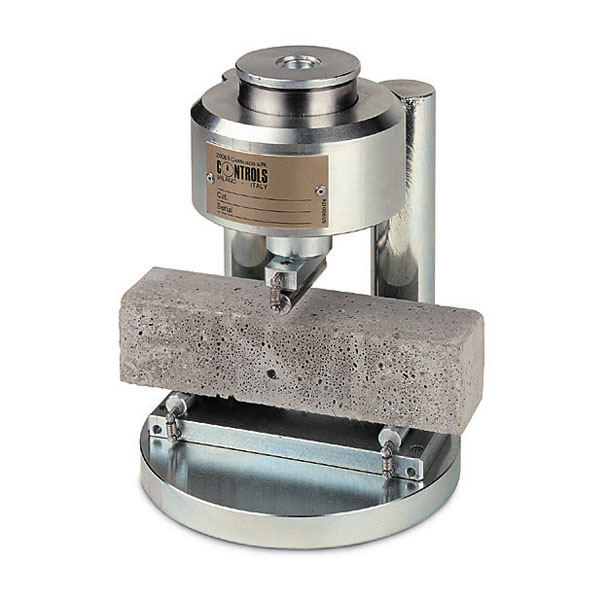Mortars Testing

Mortar is produced by mixing a binding material (cement or lime) with fine aggregate (sand, surki, etc) with water. For construction purpose, different types of mortar are used. Depending upon the materials used for mortar mixture preparation, mortar could be classified as follows.
- Cement Mortar
- Lime Mortar
- Surki Mortar
- Gauged Mortar
- Mud Mortar
Cement Mortar
Cement mortar is a type of mortar where cement is used as binding material and sand is used as fine aggregate. Depending upon the desired strength, the cement to the sand proportion of cement mortar varies from 1:2 to 1:6.
Lime Mortar
Lime mortar is a type of mortar where lime (fat lime or hydraulic lime) is used as binding material and sand is used as fine aggregate. The lime to the sand proportion of cement mortar is kept 1:2. The pyramids at Giza are plastered with lime mortar.
Gauged Mortar
Gauged mortar is a type of mortar where cement and lime both are used as binding material and sand is used as fine aggregate. Basically, it is a lime mortar where cement is added to gain higher strength. The process is known as gauging. The cement to the lime proportion of varies from 1:6 to 1:9. Gauged mortar is economical than cement concrete and also possess higher strength than lime mortar.
Surki Mortar
Surki mortar is a type of mortar where lime is used as binding material and surki is used as fine aggregate. Surki mortar is economic.
Mud Mortar
Mud mortar is a type of mortar where mud is used as binding material and saw dust, rice husk or cow-dung is used as fine aggregate. Mud mortar is useful where lime or cement is not available.
The following tests are conducted on the prepared mortars to ensure their quality:
- Crushing Test
- Tensile Strength Test
- Adhesive Test.
Crushing Test:
This test is carried out on a brick work with the mortar. This brick work is crushed in a compression testing machine and the load is noted down. Then the crushing strength is obtained as load divided by cross-sectional area.
Tensile Strength Test:
The mortar prepared is placed in a mould of bricket which has central cross-sectional area as 38 mm × 38 mm. After curing the briquette [Fig. 2.3] is pulled under the grips of tensile testing machine. The ultimate load noted. Then the tensile strength of mortar is load divided by the central cross-sectional area.
Adhesive Test:
Two bricks are joined together with mortar to be tested as shown in Fig. 2.4. The upper brick is suspended from an overhead support. A board is hung from the lower brick. Then weights are added to the board till the bricks separate. The adhesive strength is the load divided by area of contact.